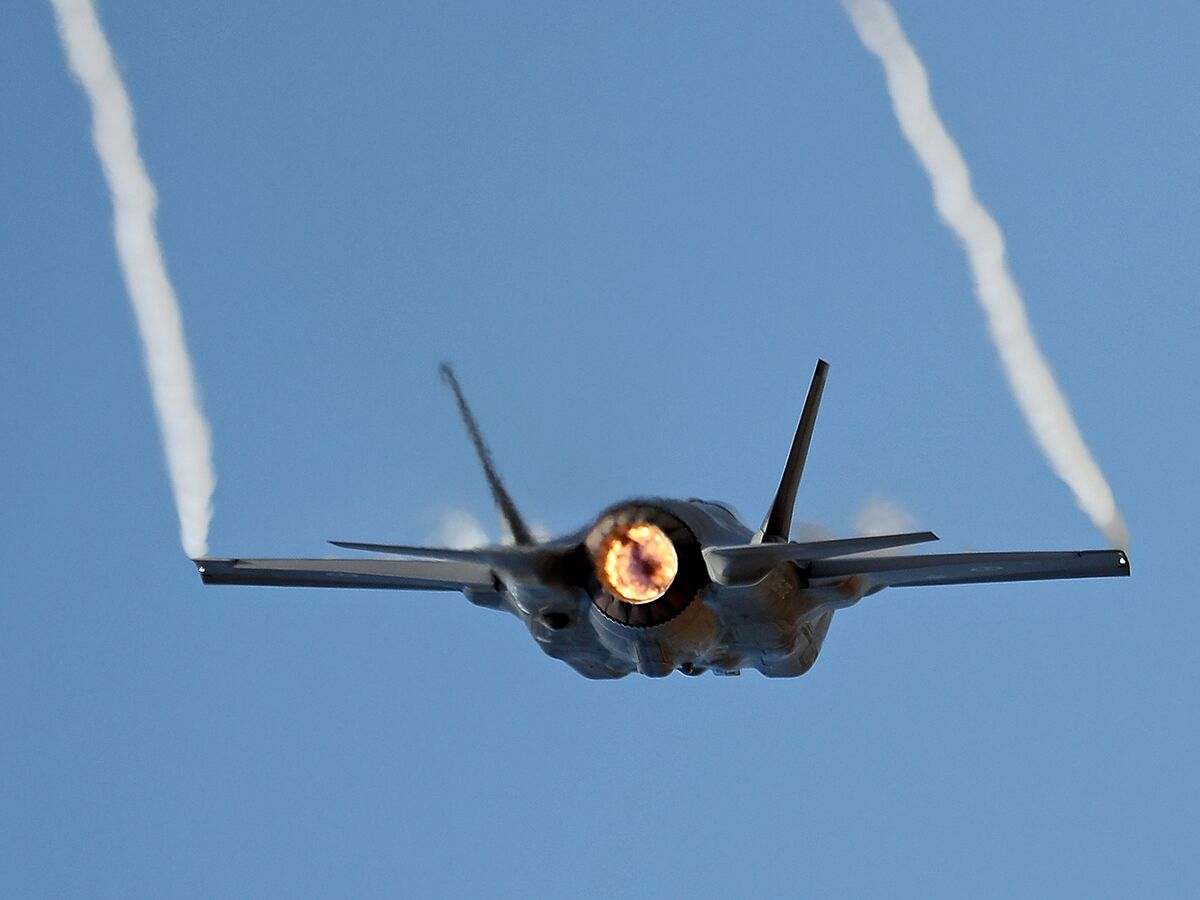F-16 netissä joku oli lukenut vanhaa kirjaa The Revolt of the Majors: How the Air Force Changed After Vietnam ja tämä osuus tuntuu tutulta:
Näiden Majurien aikaansaannoksia on esim. Red Flag.
One of Creech's most immediate problems was increasing the amount of time TAC flew, because low flying time was not only a major reason so many young fighter pilots were leaving the Air Force but also, more important, it was cutting into combat readiness. The number of sorties and hours tactical fighters flew a month, had steadily declined and reached a historic low in February 1978 of 11.5 sorties/17 hours a month. Only 34 percent of TAC's F-15s were flyable at the end of any given day, and an inspection found the F-15 wing at Langley incapable of deploying to its forward base in Europe, even with three weeks notice.
The problems originated in the Air Force decision in the mid-to-late 1970s to spend its limited procurement budget on new aircraft and buy only the minimum number of spare parts, because spares also came out of the procurement budget. General Jack Chain, the director of Air Force Operations and Readiness, said in 1980, Our aircraft at the end of the Vietnam War were tired and were facing a new generation of Soviet equipment. We had a choice: we could have either a new airplane or we could have bought spares for the service. Shortly before Creech took over TAC, the command's fighter Utilization our old ones. We couldn't buy both. Additionally, as one general noted, spare parts were simply not sexy and lacked a constituency in the acquisition process when the question was two more F-15sî or ì5000 more extra tires and 10,000 more widgets for the radar.
While this decision was later lambasted by the Critics and some in Congress, more objective assessments suggest the Air Force choice to buy systems instead of spares at this time was not an unreasonable one. A 1994 analysis written by the Congressional Budget Office noted that during this period the underlying problem was an imbalance between defense resources and national security commitments that made it impossible for DoD to buy both readiness and modernization.
View topic - Massive ustainment costs creating F-35 affordability issues • F-16.net
Military aviation forum since 2003, with high quality discussion focusing on the F-16, F-35 and F-22 jet fighters and the C-130.
www.f-16.net
Näiden Majurien aikaansaannoksia on esim. Red Flag.
Viimeksi muokattu:

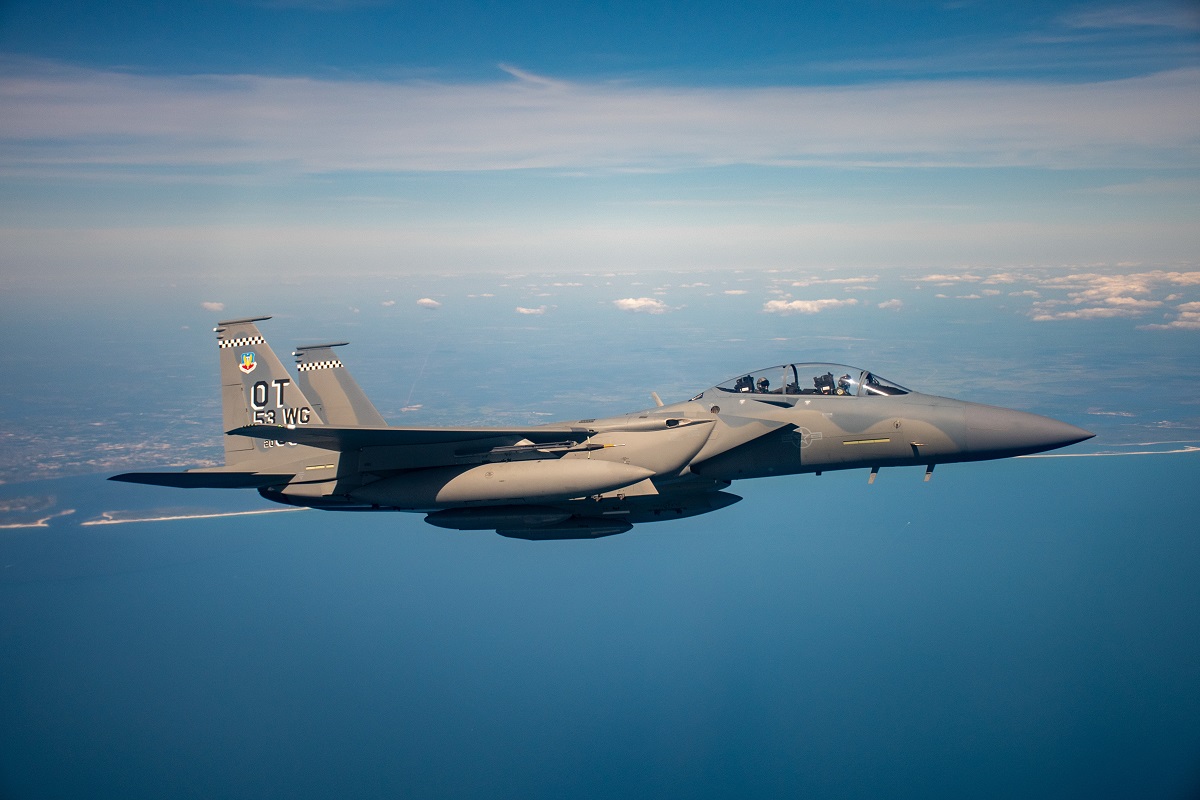
 jos se tulee vain ANG käyttöön eikä aktiivi-USAF:lle.
jos se tulee vain ANG käyttöön eikä aktiivi-USAF:lle.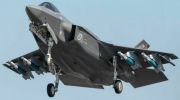
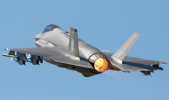
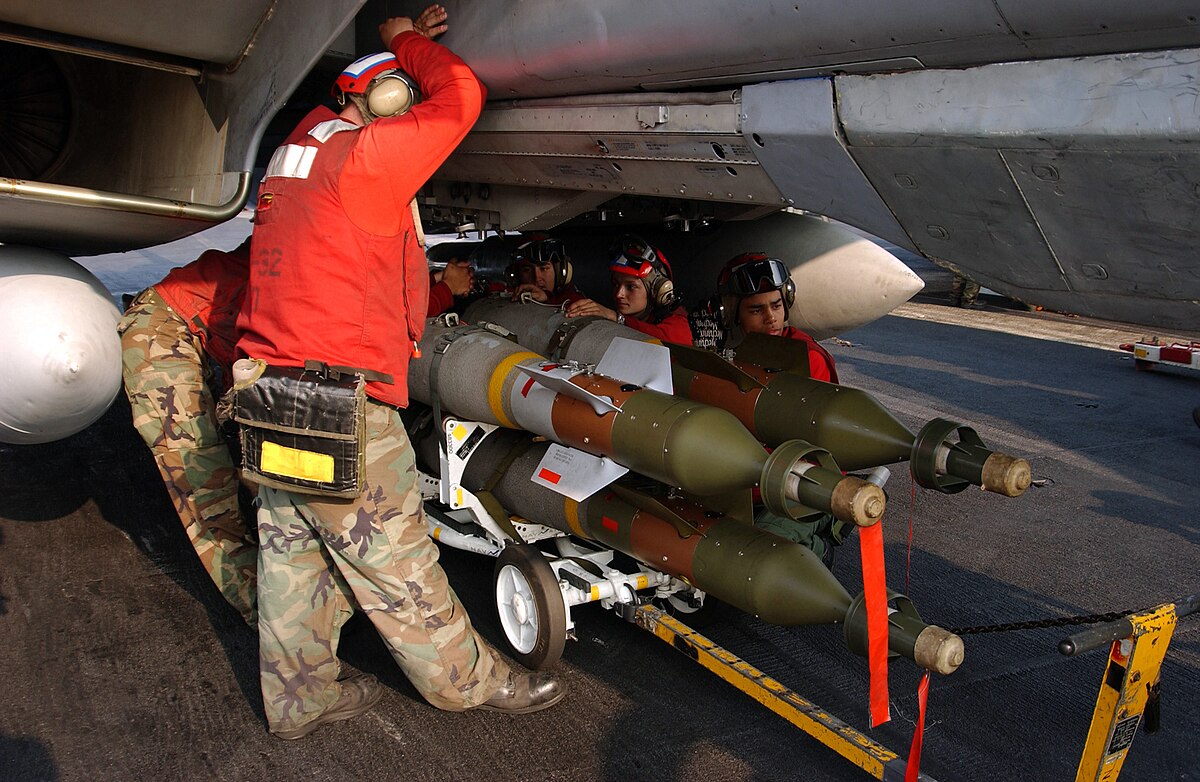
 .
.